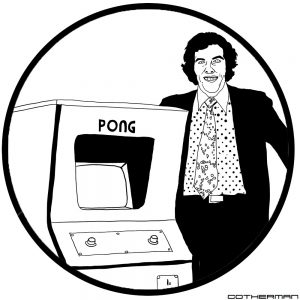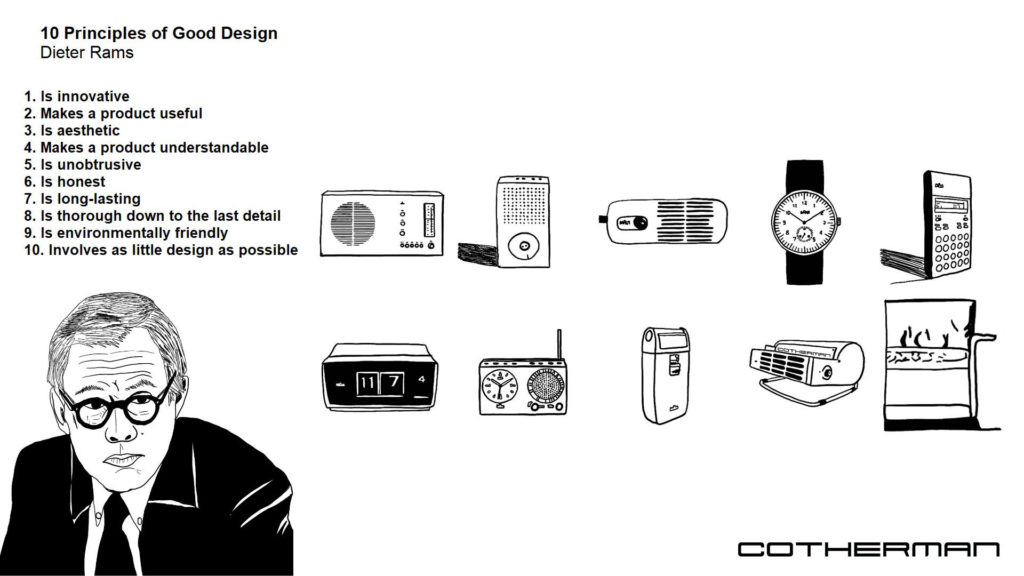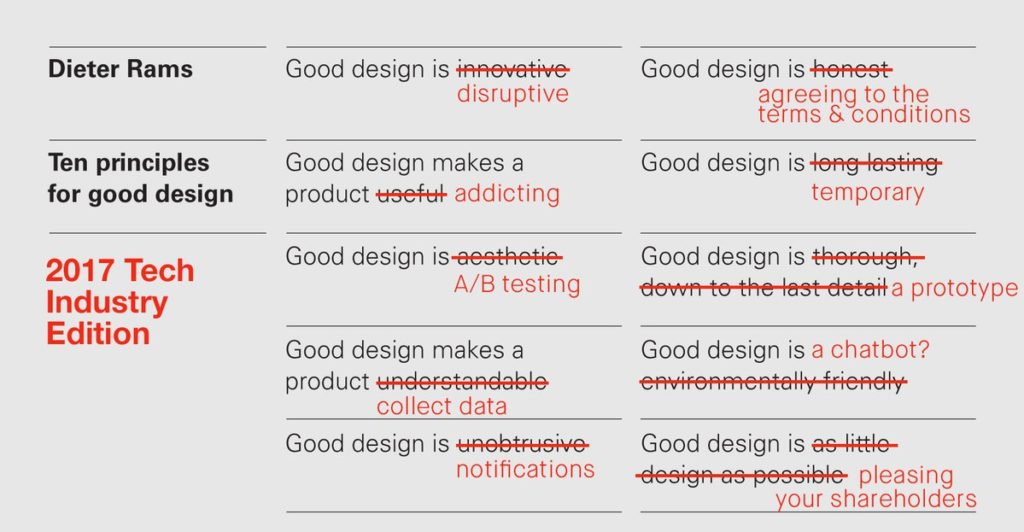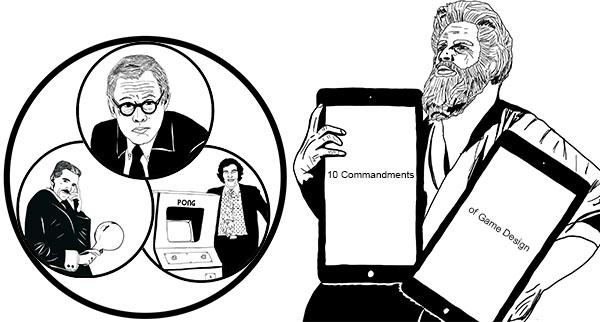Call to Create
I believe video games to be one of the ultimate outlets for creativity. Structure such as the 10 Commandments of Game Design will help this creative process. Video Game is an interactive form of media that is created out of nothing but an electrical current encoded with a series of 1’s & 0’s. When it is finished the audience can experience different worlds, stories, & concepts through play. It requires a unique creator that is well rounded and very capable of using both sides of their brain.

Creating games can be a very fun hobby or business, this article is intended for those who want to create games for an audience of people. In hopes of serving them and being fairly compensated. The select few that want to pursue this difficult path will encounter many trials while creating their game, going through the design process, and releasing a finished game.
Follow me on this adventure of creation. As we journey up the mountain to look upon the face of history’s designers & inventors to guide our game design process.
Meet the Mentors
As with any difficult endeavor we will need guidance, order, and structure to navigate the chaotic desert of creativity. The field of video games is a relatively new design field (under 100 years old). Compared to the other fields such as: product design, engineering, & various forms of art that have been around for thousands of years. So they have have better established rules to pull from to create the 10 Commandments of Game Design. The Trinity of Mentors we need for this journey will come from fields such Electrical Engineering (EE’s were the original game designers), Product Design, & the first video game company. They will provide us with a framework of rules that will guide us out of the desert.
Nikola Tesla: father of Alternating Current

Serbian-American inventor, electrical engineer, mechanical engineer, and futurist who is best known for his contributions to the design of the modern alternating current electricity supply system.
Nikola Tesla innovated the Edison DC electrical grid by creating an AC electrical grid. This was useful because AC can travel further distances than DC. This was aesthetically better because AC the system required less stations and took up less space. Nikola Tesla gave many lectures & presentations to educate people on this new technology. This led to George Westinghouse funding him. Alternating current has stood the test time and it is still used to for our current infrastructure.
Nolan Bushnell: father of Video Games

American electrical engineer and businessman. He established Atari, Inc. and the Chuck E. Cheese’s Pizza Time Theatre chain.
Nolan Bushnell essentially established video games as a viable business by creating Atari one of the first video game companies. The company had innovative products, created startup work culture, & hired talented people. People such as: Steve Jobs, Steve Wozniak, Allan Alcorn, & Carol Shaw (1st female game designer). They created the first arcade cabinet & one of the first home game consoles. Atari went on to create many influential games such as Pong, Asteroids, Centipede, Breakout, & Missile Command. These games were thoroughly designed to the last detail since they couldn’t be patched or updated.
Nolan Sold Atari
But unfortunately in 1976 Nolan sold Atari to Warner Communications and the game quality suffered greatly. This eventually led to Nolan leaving Atari. Then Atari creating the infamous ET game that became one of the biggest commercial failures in gaming. The unsold ET cartridges were buried in a New Mexico landfill. In the beginning Atari created many innovative games and I believe the technological limitations of the time forced them to come up with many creative solutions in hardware, graphics, sound, & programming that led to a minimalist game design philosophy.
Dieter Rams: father of Industrial Design

Dieter Rams is a German industrial designer and retired academic closely associated with the consumer products company Braun and the functionalist school of industrial design.
Dieter Rams started off studying architecture and interior decoration in 1947 but the following year he took a break to do a carpentry apprenticeship to gain practical experience. After this he returned to school and following graduation he was recruited by Braun. As an architect and an interior designer. He later went onto become the chief design officer at Braun. His grandfather who was a carpenter influenced him greatly. Dieter Rams design philosophy can be summarized by this phrase “Weniger, aber besser” which translates as “Less, but better”.
In the 1970s he introduced the concept of sustainable development and of obsolescence being a sin in design. Shortly after he posed the question to himself “Is my design good design?” His response became the basis for his 10 principles.
His design philosophy & 10 principles went onto influence our modern design. You can see his ideas put to use in many of our current products & brands such as Apple.
Enter the 10 Principles of Good Design

Adapt: Trials & Failure
If you are a digital creator you may be more familiar with some of the ideas of the Tech Industry’s anti-version of the 10 principles of good design. Their version essentially breaks every rule of good design. I personally believe that rules, structure, and limitations are a great thing. At times you need to break a few rules to push the limits or experiment creatively. Breaking every rule is probably not the best idea.

ᴠᴀɴ sᴄʜɴᴇɪᴅᴇʀ @vanschneider
10 Principles of Good Game Design

1. Innovative: Don’t make clones or copies. Make something new & fun focused. Nintendo design process is focused on play & fun first. So essentially they start with a fun mechanic 1st and then story, characters, & graphics. Further explained here.
2. Useful: Explore ideas through Interactive Media: Game Mechanics, Story, Or Etc.
3. Aesthetic: viewing angle, art style, animation style, character shape, environment, pathways, sfx/music choices, and the overall look & feel. A good resource for this is the 12 basic principles of animation by Disney. It dives into psychology of lines, shapes, & volumes.
4. Understandable: learn through play not tutorials, this video by Extra Credits elaborates on this. Good UX/UI, clear goals, & good color choices.
5. Unobtrusive: Minimalism, Simplify, & not over designed. You can see this in action with Halo’s simple purposeful graphics vs Halo Remastered extravagant confusing graphics. See here.
6. Honest: Good design shows you exactly what the game does and does nothing more. Doesn’t imply features, quality, or longevity it can’t deliver.
7. Long-Lasting: Withstands trends. Bushnell’s Law = All the best games are easy to learn and difficult to master. They should reward the first quarter and the hundredth. This principle is also referred to with the sentence “easy to learn, hard [or almost impossible] to master”. This idea of Depth vs Complexity is further explained in this video by Extra Credits. This design style of deep play can be seen in Downwell.
8. Thorough down to last detail: Polish your game, fix bugs, and make sure it is fun. Treat your game design process like minimum viable product evolution. So you can release a finished game at each stage of its evolution. Think of your game design process like a Pokemon evolving. If you want to learn more about this concept click here.

9. Environmentally friendly: consider energy consumption: Packaging, CPU power consumption, and using black instead of white for background colors.
10. As little design as possible: Don’t over design & keep it simple.
Leave behind the old ways
We will leave behind our old ways of crafting idols & self worship which is creating duplicates of games from our childhood & creating games with only ourselves in mind. Creating games just for yourself is fine if you are experimenting with new ideas or having fun but if you want your game to be good & have purpose by serving an audience then leave behind these old ways and embrace the 10 Commandments of Game Design.
Return Transformed
Now lets us be transformed, leave the desert, & guide others out of it: Subscribe & Share the 10 Commandments of Game Design.

